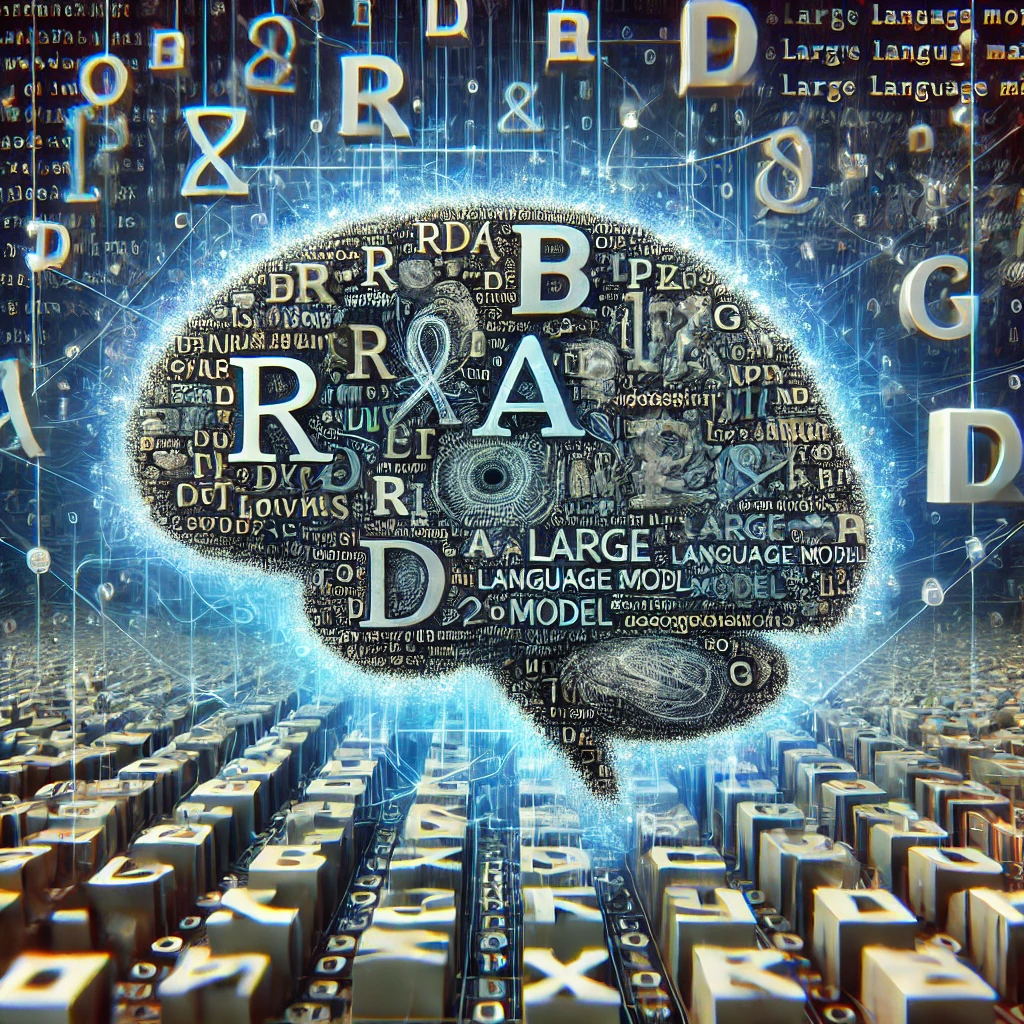Large Language Models (LLMs) such as ChatGPT and Claude have gained immense popularity due to their ability to generate human-like text. Their capacity to answer complex questions, assist with creative writing, and even generate computer code has solidified their presence in daily conversations worldwide. However, despite these remarkable capabilities, LLMs fall short on seemingly simple tasks—like counting the number of “r”s in “strawberry.”
Why Do LLMs Struggle with Counting?
At the core of this issue lies the architecture of LLMs. These models are built on deep learning frameworks called transformers, which rely on a process known as tokenization. Tokenization breaks text into smaller pieces, called tokens, that the model can understand and process. These tokens could represent entire words (e.g., “monkey”) or parts of words (e.g., “mon” and “key”). This tokenized format helps the model predict the next sequence of tokens but creates limitations when it comes to tasks that involve individual letter counting.
For instance, when asked to count the “r”s in “strawberry,” the model doesn’t necessarily see the letters as distinct entities. Instead, it sees the tokenized word, which it uses to predict the next token. This inherent limitation is why LLMs flounder when given tasks requiring granular, letter-by-letter analysis.
Transformers and the Role of Tokenization
Transformers have revolutionized natural language processing, allowing LLMs to generate text that mimics human conversation. However, the trade-off of using tokenization is evident in tasks that require exact letter recognition. In the word “hippopotamus,” for example, the LLM might break the word into several tokens like “hip,” “pop,” and “o,” and fail to recognize that it should also account for the letters “p” and “m” individually. Thus, when prompted to count specific letters in the word, the model’s internal process is not equipped for such a detailed level of accuracy.
A potential solution might be a model that can directly interpret letters without relying on tokenization, but this approach is not yet computationally feasible for large-scale models like those based on transformers.
Predictive Text Generation and Its Drawbacks
Another aspect that explains this limitation is how LLMs generate text. LLMs rely on context and patterns to predict the most likely next word or letter based on the input provided. This prediction-based generation works well for context-heavy tasks like conversation and creative writing, but it is not well-suited for tasks requiring precise reasoning, such as counting or logical problem solving.
When asked to count the number of “r”s in “strawberry,” the LLM is attempting to predict the answer based on its training data and the sentence structure, not by actually counting the letters in the word.
Workaround: Leveraging Programming to Enhance Accuracy
While LLMs are not great at counting letters directly, there’s a workaround that can mitigate this limitation. LLMs excel at processing structured queries and instructions, such as computer code. By framing the request in the context of a programming language like Python, users can prompt the LLM to execute a letter-counting task more accurately.
For example, asking ChatGPT to use Python code to count the “r”s in “strawberry” will likely result in a correct answer. This approach leverages the LLM’s ability to generate and interpret structured tasks, bypassing its limitations in counting letters directly. It demonstrates that while LLMs may not “think” like humans, they can still be directed to complete tasks that require more logical processing through external tools like programming.
Conclusion: The Importance of Understanding LLM Limitations
Despite their vast potential, LLMs are not yet capable of replicating human cognitive processes in tasks that require basic reasoning or precise counting. Their reliance on tokenization and predictive text generation showcases their strengths in pattern recognition, but also reveals their fundamental limitations. Recognizing these weaknesses and leveraging structured approaches such as code-based queries can help users navigate around these obstacles.
As AI continues to evolve and integrate into our daily lives, understanding its limitations is crucial. While LLMs are powerful tools for generating contextually accurate text, they still require external mechanisms for tasks like counting, logical reasoning, and arithmetic computations. With this knowledge, users can set realistic expectations for AI and use it responsibly in areas where it excels while accommodating its shortcomings in simpler, more granular tasks.

